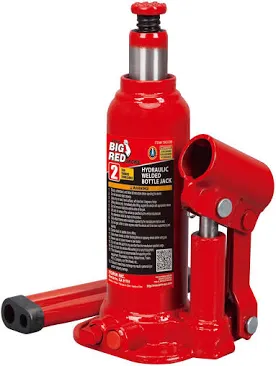

Maybe? Bad cables are a thing, so it’s something to be aware of. USB latency, in rare cases, can cause problems but not so much in this application.
I haven’t looked into the exact ways that bad sectors are detected, but it probably hasn’t changed too much over the years. Needless to say, info here is just approximate.
However, marking a sector as bad generally happens at the firmware/controller level. I am guessing that a write is quickly followed by a verification, and if the controller sees an error, it will just remap that particular sector. If HDDs use any kind of parity checks per sector, a write test may not be needed.
Tools like CHKDSK likely step through each sector manually and perform read tests, or just tells the controller to perform whatever test it does on each sector.
OS level interference or bad cables are unlikely to cause the controller to mark a sector as bad, is my point. Now, if bad data gets written to disk because of a bad cable, the controller shouldn’t care. It just sees data and writes data. (That would be rare as well, but possible.)
What you will see is latency. USB can be magnitudes slower than SATA. Buffers and wait states are causing this because of the speed differences. This latency isn’t going to cause physical problems though.
My overall point is that there are several independent software and firmware layers that need to be completely broken for a SATA drive to erroneously mark a sector as bad due to a slow conversion cable. Sure, it could happen and that is why we have software that can attempt to repair bad sectors.













Did you get bad sectors? Weird things can absolutely happen but having sectors marked as bad is on the exceptional side of weird.